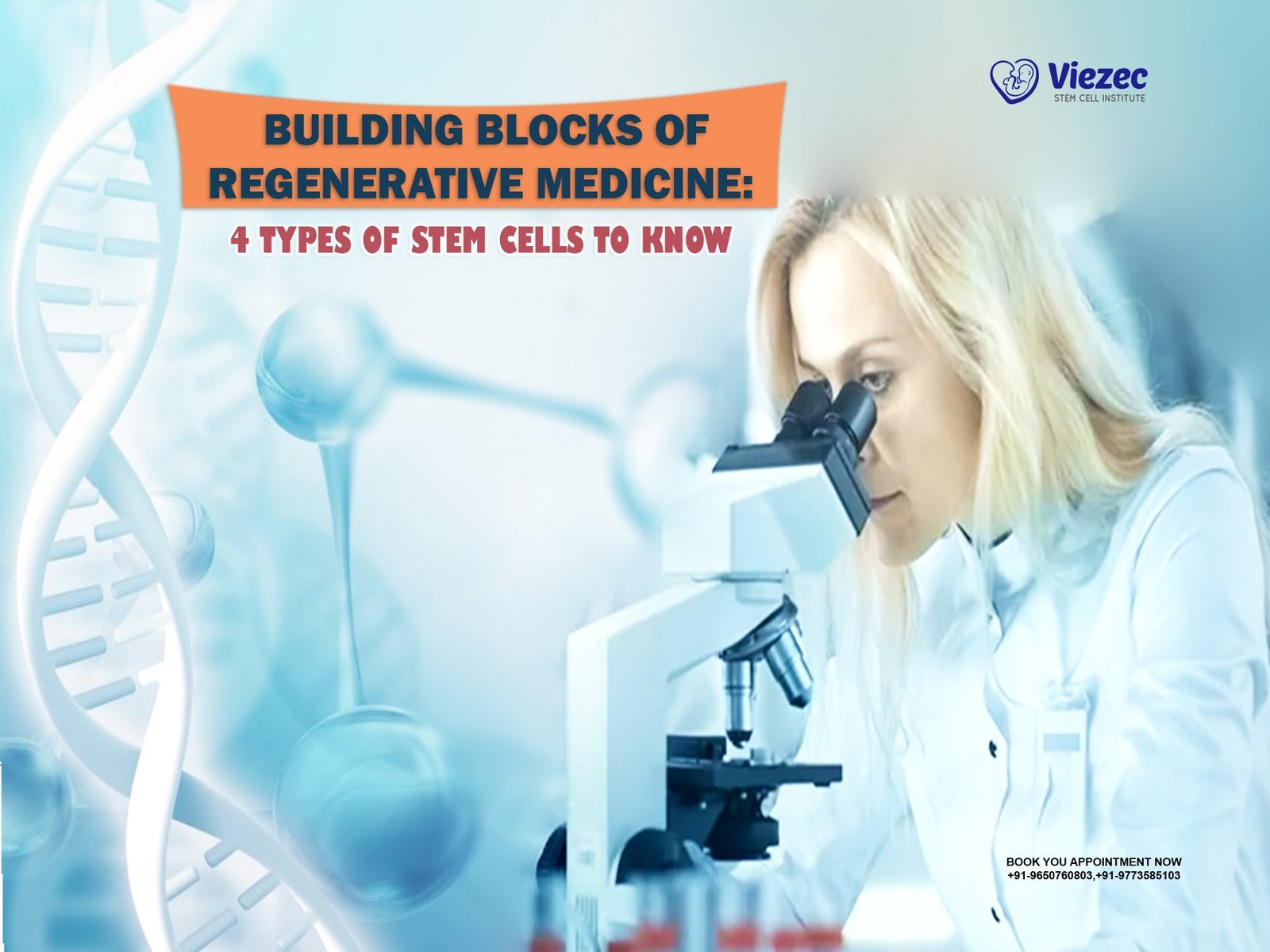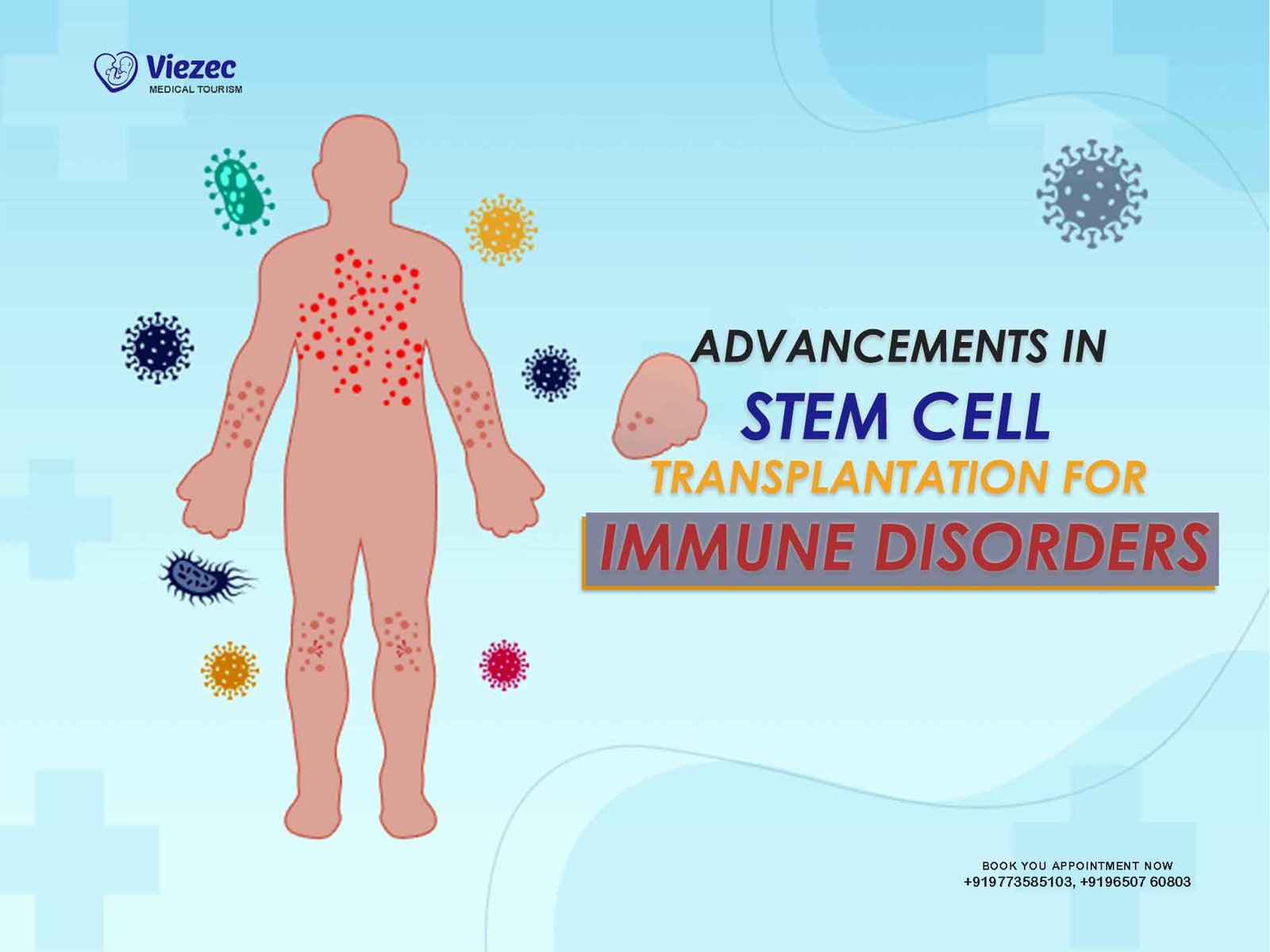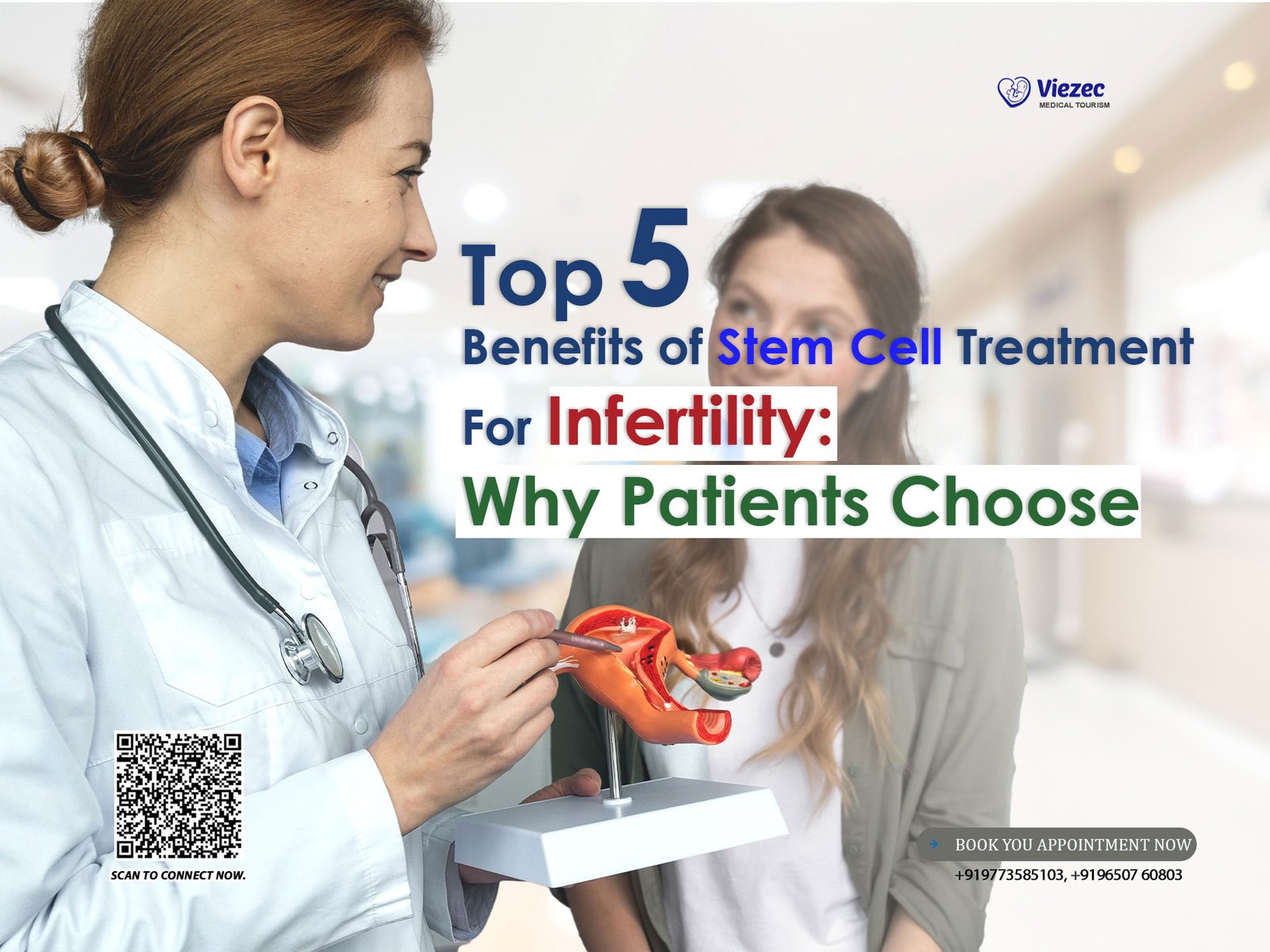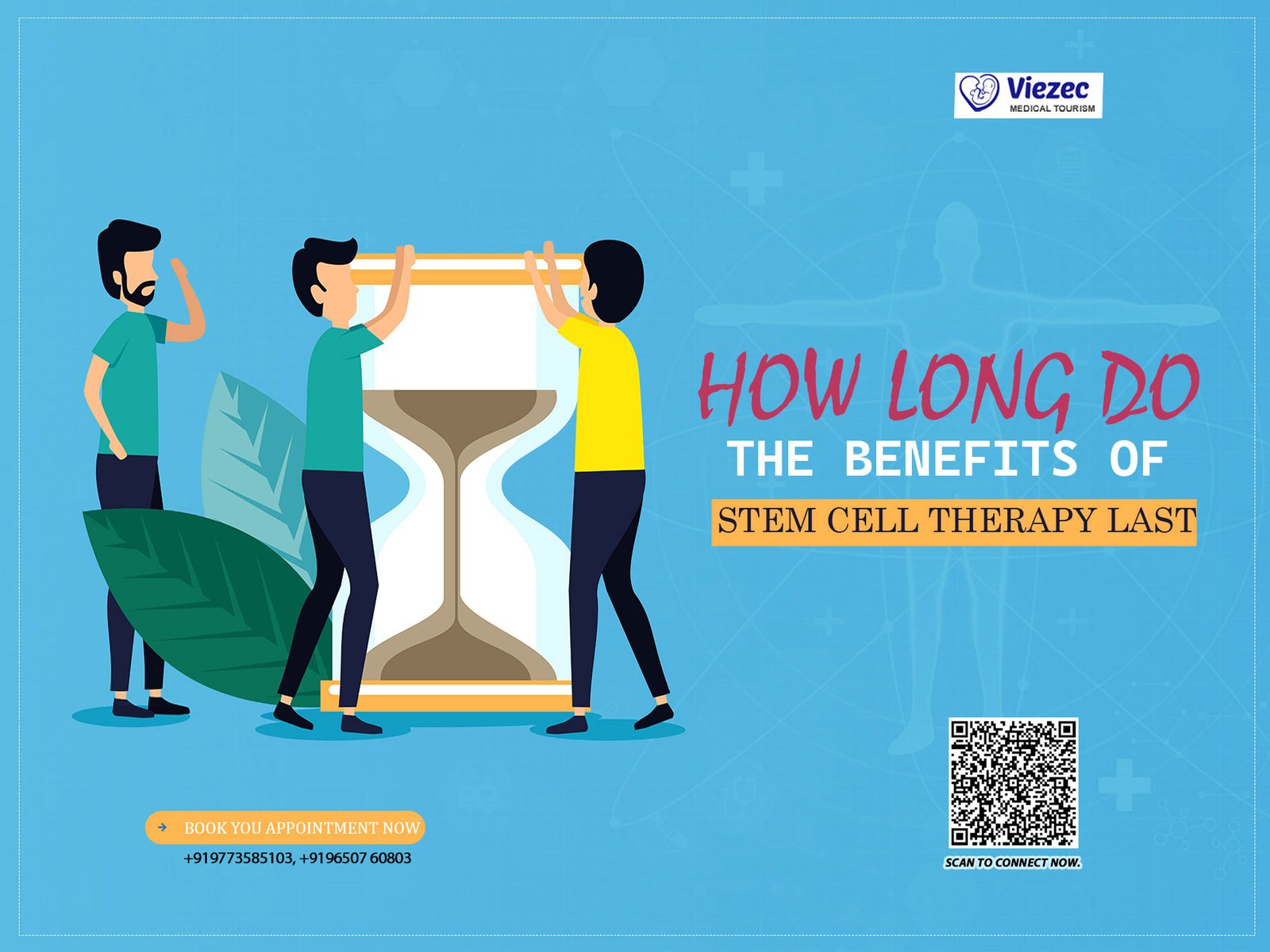Stem cells have long been a subject of fascination and promise in the field of biomedicine. These remarkable cells possess the unique ability to differentiate into various specialized cell types, making them invaluable in regenerative medicine, disease modeling, and drug discovery. Understanding the basics of stem cell biology, exploring their historical significance, and recognizing the different types of stem cells pave the way for unlocking their full potential.
Understanding the Basics
At the core of stem cell biology lies the concept of pluripotency, the ability of a single cell to give rise to multiple cell types. Stem cells can be broadly classified into two categories: embryonic stem cells (ESCs) derived from early-stage embryos, and adult stem cells found in various tissues throughout the body. Additionally, induced pluripotent stem cells (iPSCs) are reprogrammed adult cells with embryonic-like properties, offering a non-controversial alternative to ESCs.
Historical Perspectives
The journey of stem cell research spans centuries, with pivotal discoveries shaping our understanding of these versatile cells. From the groundbreaking work of Ernest McCulloch and James Till in the 1960s, who identified hematopoietic stem cells in bone marrow, to the landmark isolation of human ESCs by James Thomson in 1998, each milestone has propelled the field forward, paving the way for transformative therapies and technologies.
Types of Stem Cells: Embryonic, Adult, and Induced Pluripotent Stem Cells (iPSCs)
Embryonic stem cells, derived from the inner cell mass of blastocysts, possess unparalleled differentiation potential, holding promise for tissue regeneration and disease modeling. In contrast, adult stem cells, residing in specific tissues such as bone marrow and skin, play crucial roles in tissue homeostasis and repair. Meanwhile, iPSCs, generated by reprogramming adult cells through genetic manipulation, offer a customizable platform for studying disease mechanisms and personalized medicine.
The Science Behind Stem Cell Differentiation
The ability of stem cells to differentiate into specialized cell types is governed by intricate molecular mechanisms and signaling pathways. Understanding these processes is essential for harnessing their therapeutic potential and overcoming challenges in cellular reprogramming and tissue engineering.
Mechanisms of Pluripotency
Pluripotency is orchestrated by a network of transcription factors and epigenetic modifiers that regulate gene expression and cell fate decisions. Key players such as Oct4, Sox2, and Nanog maintain the undifferentiated state of embryonic stem cells, while lineage-specific factors drive differentiation into specialized cell types.
Cellular Reprogramming Techniques
Cellular reprogramming, the process of converting differentiated cells into pluripotent stem cells, has revolutionized regenerative medicine and disease modeling. Techniques such as somatic cell nuclear transfer (SCNT) and transcription factor-mediated reprogramming enable the generation of patient-specific iPSCs for personalized therapies and drug screening.
Signaling Pathways in Stem Cell Development
Stem cell fate is intricately regulated by extracellular signals from the microenvironment, including growth factors, cytokines, and cell-cell interactions. Wnt, Notch, and Hedgehog signaling pathways play pivotal roles in embryonic development and tissue regeneration, offering potential targets for enhancing stem cell differentiation and tissue repair.
Medical Applications of Stem Cells
The therapeutic potential of stem cells extends across a wide spectrum of medical conditions, offering hope for patients with debilitating diseases and injuries. From regenerating damaged tissues to targeting cancer cells, stem cell-based therapies hold immense promise in revolutionizing modern medicine.
Regenerative Medicine: Repairing Tissues and Organs
Stem cell therapies aim to restore tissue function and promote healing in conditions such as heart disease, spinal cord injury, and degenerative disorders. By harnessing the regenerative capacity of stem cells, researchers are exploring innovative approaches for repairing damaged organs and improving patient outcomes.
Treating Neurological Disorders
Neurological disorders, including Parkinson’s disease, Alzheimer’s disease, and spinal cord injury, pose significant challenges to conventional treatments. Stem cell-based therapies offer novel strategies for replacing lost neurons, modulating immune responses, and restoring neural circuitry, holding promise for restoring neurological function and improving quality of life.
Stem Cell Therapies in Oncology
Cancer stem cells, a subpopulation of tumor cells with self-renewal and tumorigenic properties, represent a formidable challenge in cancer treatment. Stem cell-based approaches, such as targeted therapies and immunotherapies, aim to eradicate cancer stem cells while minimizing off-target effects, offering new avenues for personalized cancer treatment and precision medicine.
Ethical Considerations and Controversies
Despite the tremendous potential of stem cell research, ethical dilemmas and controversies surround the use of human embryos and the manipulation of genetic material. Addressing these ethical considerations is essential for fostering public trust and advancing responsible stem cell research and clinical applications.
Moral and Religious Perspectives
The ethical debate over the moral status of human embryos and the sanctity of life has sparked contentious discussions among religious communities and policymakers. While some view the destruction of embryos for research purposes as morally permissible for the greater good of humanity, others advocate for alternative approaches that respect the dignity of human life.
Legal Frameworks and Regulations
Regulatory frameworks governing stem cell research vary widely across countries, reflecting cultural, political, and ethical considerations. Balancing scientific progress with ethical standards and patient safety remains a key challenge for policymakers and regulatory agencies worldwide, necessitating transparent guidelines and oversight mechanisms.
Public Perception and Debates Surrounding Stem Cell Research
Public perception of stem cell research is influenced by media portrayal, scientific literacy, and personal beliefs. Addressing misconceptions and engaging the public in informed discussions about the potential benefits and ethical implications of stem cell therapies is essential for promoting responsible research practices and fostering societal acceptance.
Stem Cell Banking and Commercialization
The emergence of stem cell banking and commercialization has transformed the landscape of regenerative medicine, offering individuals the opportunity to store and access their own stem cells for future therapeutic use. From preservation techniques to emerging business models, the commercialization of stem cell technologies has implications for healthcare accessibility, affordability, and equity.
Preservation Techniques and Storage Facilities
Stem cell banking involves the collection, processing, and cryopreservation of stem cells from various sources, including umbilical cord blood, adipose tissue, and dental pulp. State-of-the-art storage facilities equipped with advanced cryopreservation techniques ensure the long-term viability and quality of stored stem cells, providing a valuable resource for future medical interventions.
Emerging Business Models
The commercialization of stem cell therapies has given rise to diverse business models, ranging from private stem cell banks and regenerative medicine clinics to biotechnology startups and pharmaceutical companies. While for-profit enterprises drive innovation and investment in stem cell research, concerns about safety, efficacy, and affordability underscore the need for regulatory oversight and consumer education.
Economic Impacts and Market Trends
The global stem cell market is poised for significant growth, fueled by increasing demand for regenerative therapies and advancements in biotechnology. Economic considerations, such as healthcare spending, reimbursement policies, and market competition, shape the commercialization and adoption of stem cell-based products and services, influencing the accessibility and affordability of these innovative treatments.
Innovative Approaches in Stem Cell Research
CRISPR-Cas9 Technology: Gene Editing in Stem Cells
One of the most groundbreaking developments in recent years is the application of CRISPR-Cas9 technology in stem cell research. This revolutionary gene editing tool allows scientists to precisely modify the genetic material of stem cells, opening up unprecedented possibilities for correcting genetic disorders and engineering customized cellular therapies. With CRISPR-Cas9, researchers can target specific genes implicated in disease pathology, paving the way for more effective treatments and personalized medicine approaches.
Organoids and Tissue Engineering
Another frontier in stem cell research is the development of organoids and tissue engineering techniques. By coaxing stem cells to self-organize into three-dimensional structures that mimic human organs, scientists can create realistic models for studying disease mechanisms and testing potential therapies. Organoids hold great promise for advancing regenerative medicine and drug discovery, offering a more physiologically relevant platform than traditional cell culture systems.
Artificial Intelligence in Stem Cell Analysis and Drug Discovery
Artificial intelligence (AI) is revolutionizing stem cell research by enabling high-throughput analysis of complex biological data and accelerating drug discovery efforts. Machine learning algorithms can analyze large datasets generated from stem cell experiments, identifying patterns and predicting cellular behaviors with remarkable accuracy. By harnessing the power of AI, researchers can uncover novel insights into stem cell biology and expedite the development of new therapeutic interventions.
Clinical Trials and Future Prospects
Current Challenges and Limitations
Despite the tremendous progress made in stem cell research, significant challenges remain on the path to clinical translation. Issues such as immune rejection, tumorigenicity, and scalability pose hurdles to the widespread adoption of stem cell therapies. Moreover, regulatory complexities and ethical considerations necessitate careful evaluation of safety and efficacy in clinical trials. Addressing these challenges is crucial for realizing the full potential of stem cell-based interventions and ensuring their safe and effective use in patients.
Promising Research Areas
Amidst the challenges, several promising research areas offer hope for the future of stem cell therapy. Advances in stem cell manufacturing technologies, such as bioreactor systems and 3D printing, hold promise for scaling up production and overcoming supply limitations. Additionally, ongoing efforts to improve cell delivery methods and enhance engraftment efficiency are paving the way for more effective treatments for a wide range of diseases and injuries.
Roadmap for Translating Stem Cell Discoveries into Clinical Practice
A comprehensive roadmap is essential for translating stem cell discoveries from the laboratory to the clinic. This involves rigorous preclinical testing to assess safety and efficacy, followed by well-designed clinical trials to evaluate therapeutic outcomes in human subjects. Collaboration between researchers, clinicians, regulators, and industry partners is paramount for navigating the complex regulatory landscape and ensuring the successful translation of stem cell therapies into clinical practice.
Global Initiatives and Collaborations
International Stem Cell Research Consortia
International collaboration is instrumental in driving progress in stem cell research and overcoming geographical barriers. Consortia such as the International Society for Stem Cell Research (ISSCR) facilitate knowledge exchange, promote standardization of research practices, and foster collaboration among scientists from diverse backgrounds. By pooling resources and expertise, these global initiatives accelerate scientific discovery and enhance the collective impact of stem cell research efforts worldwide.
Cross-border Collaborations in Clinical Trials
Cross-border collaborations in clinical trials are essential for conducting large-scale studies and accessing diverse patient populations. By partnering with research institutions, hospitals, and regulatory agencies across different countries, researchers can expedite the development and evaluation of stem cell therapies in a more cost-effective and efficient manner. Collaborative networks enable the sharing of data, resources, and best practices, ultimately benefiting patients and advancing the field of regenerative medicine on a global scale.
Impact of Global Health Policies on Stem Cell Research Funding
The landscape of stem cell research is influenced by global health policies and funding priorities, which vary across different regions and jurisdictions. Government agencies, philanthropic organizations, and private investors play critical roles in shaping research priorities and allocating resources to support stem cell research initiatives. Policy decisions regarding ethical guidelines, intellectual property rights, and research funding have far-reaching implications for the advancement of stem cell science and its applications in healthcare.
Stem Cells in Veterinary Medicine
Applications in Animal Health and Welfare
Stem cell therapy holds great promise for improving the health and welfare of animals across species. From companion animals to livestock and endangered species, stem cell-based interventions offer new avenues for treating musculoskeletal injuries, degenerative diseases, and other conditions that affect animal health. Veterinary clinics and research institutions are exploring the use of stem cells to enhance healing, alleviate pain, and improve the quality of life for animals in need.
Comparative Medicine: Insights for Human Diseases
Studying stem cells in veterinary species provides valuable insights into human diseases and accelerates translational research efforts. Comparative medicine approaches enable scientists to identify conserved mechanisms of disease pathogenesis, test therapeutic interventions in relevant animal models, and gain a deeper understanding of the underlying biology across species. By leveraging the similarities between human and animal physiology, researchers can bridge the gap between preclinical studies and clinical applications, ultimately benefiting both human and animal health.
Ethical Considerations in Veterinary Stem Cell Therapy
Ethical considerations are paramount in the development and implementation of stem cell therapies in veterinary medicine. Veterinarians and researchers must adhere to stringent ethical standards to ensure the welfare of animal patients and uphold principles of animal welfare and conservation. Responsible use of stem cell-based interventions requires careful consideration of factors such as treatment efficacy, safety, and long-term impact on animal health and the environment. By prioritizing ethical considerations, veterinary professionals can harness the potential of stem cells to improve animal welfare while upholding standards of care and ethical integrity.
Educational Outreach and Public Engagement
Stem Cell Literacy Programs
Educational outreach initiatives play a crucial role in fostering public understanding and support for stem cell research. Stem cell literacy programs aim to demystify complex scientific concepts, dispel misconceptions, and empower individuals to make informed decisions about healthcare and research priorities. Through workshops, seminars, and educational resources, scientists and educators engage with students, patients, and the general public to promote scientific literacy and foster dialogue about the ethical, social, and legal implications of stem cell research.
Community-Based Research Initiatives
Community-based research initiatives empower local communities to actively participate in stem cell research and healthcare decision-making. By involving patients, caregivers, and advocacy groups in research design, implementation, and dissemination, researchers can ensure that their work is relevant, accessible, and responsive to community needs and priorities. Community engagement fosters trust, transparency, and collaboration, ultimately enhancing the relevance and impact of stem cell research on public health and well-being.









